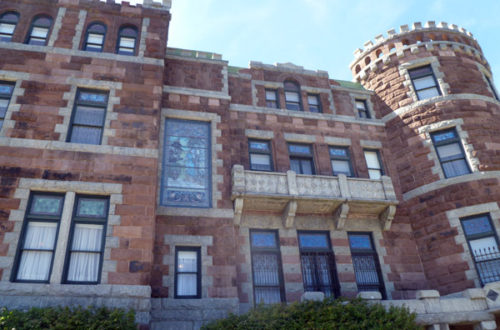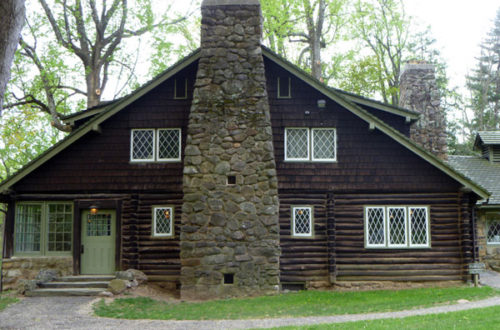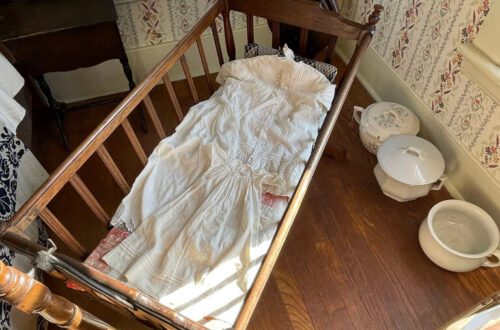Thomas Edison Center at Menlo Park | Edison, New Jersey
Thomas Edison is one of the most famous inventors in American history. He was awarded 1,093 U.S. patents.
The Thomas Edison Center at Menlo Park is in Edison, New Jersey. It is located on 36 lovely acres including Edison State Park and the Menlo Park Nature Trail.
Contents
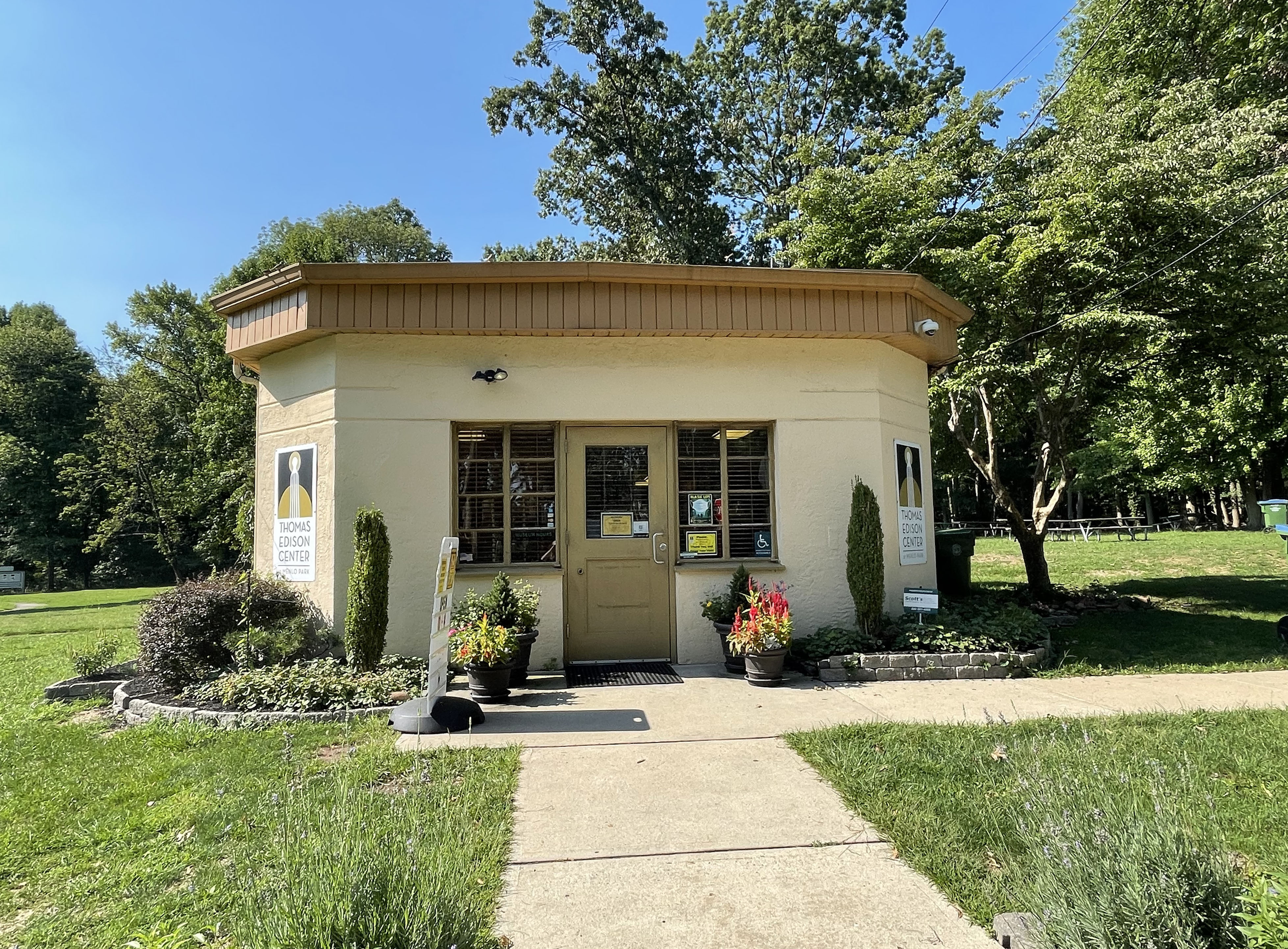
According to their website:
More than any other inventor in history, Thomas Edison is responsible for the technologies that make modern life modern. By the time of his death in 1931, he held 1,093 patents covering the creation or refinements of devices in telegraphy and telephony, electric power generation and lighting, sound recording, motion pictures, storage batteries, and mining and cement technology. However, his most important invention was one that couldn’t be patented: the process of modern invention itself. By applying the principles of mass production to the 19th-century model of the solitary inventor, Edison created a process in which skilled scientists, machinists, designers, and others collaborated at a single facility to research, develop, and manufacture new technologies.
The Wizard of Menlo Park
His Menlo Park laboratories were where some of the most famous inventions and innovations in human history were made:
Menlo Park was one of the six neighborhoods that formed Raritan Township. It was a very sparsely populated rural area and the site of a failed residential development in the early 1870s. Edison purchased two parcels of land measuring approximately 34 acres from the family of William Carman who was one of his employees at Newark, in late 1875. The office of the real estate development company, Menlo Park Land Company, at the corner of Lincoln Highway and Christie Street, became Edison’s home. Edison’s father built the main laboratory building on the block south of Christie Street between Middlesex and Woodbridge (now Tower) Avenues. Edison also built other ancillary buildings including the glass house, a carpenters’ shop, a carbon shed, and a blacksmith shop. By the Spring of 1876, Edison moved his operations to Menlo Park. Edison’s Menlo Park laboratory was the world’s first such research and development facility. While Edison was working on perfecting the telephone, he started experimenting with the idea of being able to record the sound of the human voice.
In November 1877, one of Edison’s first major inventions at Menlo Park was the phonograph, which was a basic machine that allowed a person to speak into a diaphragm that was attached to a pin that made indentations on a paper wrapped around wood. The first words Edison successfully recorded on the phonograph were “Mary had a Little Lamb”. By 1878, this invention was known all around the world and Edison soon earned the title of “The Wizard of Menlo Park.” Menlo Park was suddenly known worldwide and started attracting visitors to see demonstrations of the phonograph.
What Did Thomas Edison Invent At Menlo Park?
Thomas Edison is usually credited with INVENTING the light bulb, This is not entirely accurate.
There were many people busy working on a usable and practical source of light.
According to Invent.gov
:
Long before Thomas Edison patented — first in 1879 and then a year later in 1880 — and began commercializing his incandescent light bulb, British inventors were demonstrating that electric light was possible with the arc lamp. In 1835, the first constant electric light was demonstrated, and for the next 40 years, scientists around the world worked on the incandescent lamp, tinkering with the filament (the part of the bulb that produces light when heated by an electrical current) and the bulb’s atmosphere (whether air is vacuumed out of the bulb or it is filled with an inert gas to prevent the filament from oxidizing and burning out). These early bulbs had extremely short lifespans, were too expensive to produce or used too much energy. When Edison and his researchers at Menlo Park came onto the lighting scene, they focused on improving the filament — first testing carbon, then platinum, before finally returning to a carbon filament.
The original labs do not exist in Menlo Park.
However, Edison’s friend Henry Ford reconstructed the labs in Dearborn, Michigan, where he created Greenfield Village.
The current facilities besides the main building include the Edison Memorial Tower, some monuments, and a large lightbulb.
According to the museum website:
Wilmington, Delaware. Massena and duPont chose the Art Deco style for the Tower shaft, which tapers upward to the monumental replica of Edison’s first practical incandescent bulb. The effect is to focus attention upward to the light at the top, as well as enhance the sense of height and monumentality.
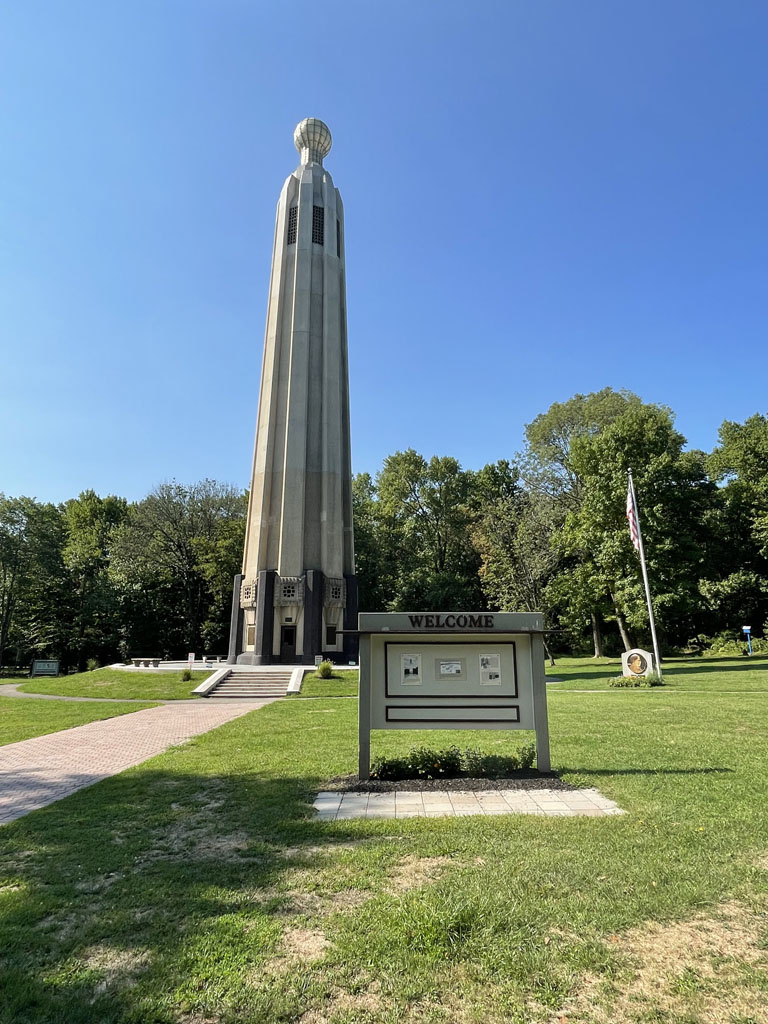
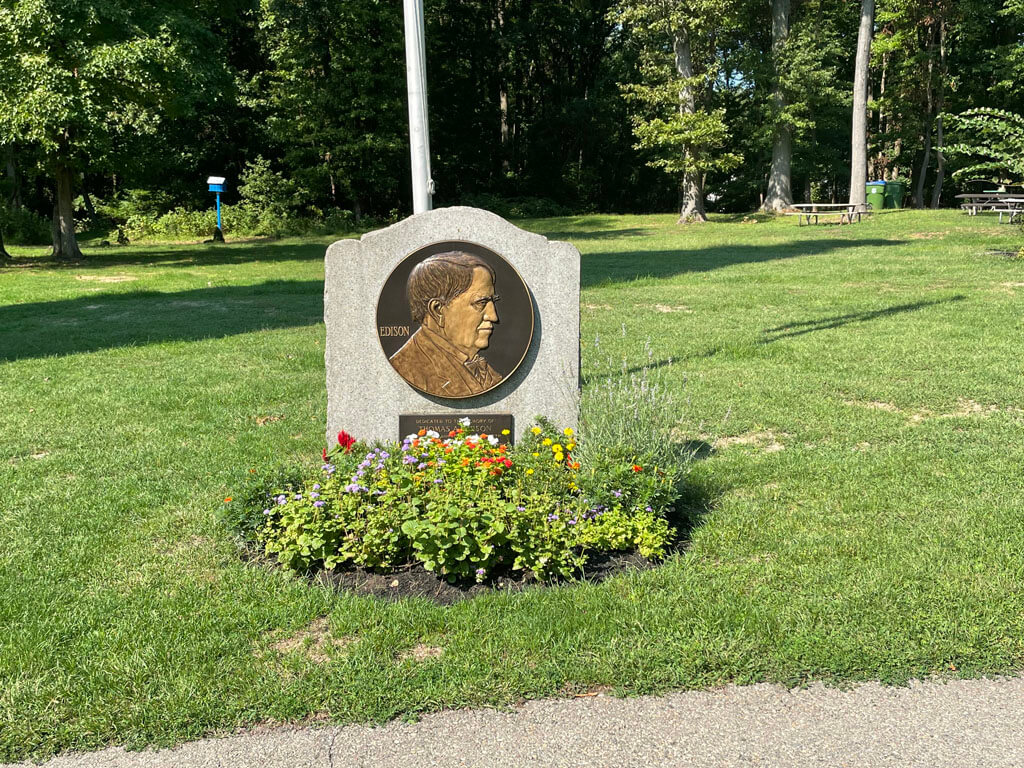
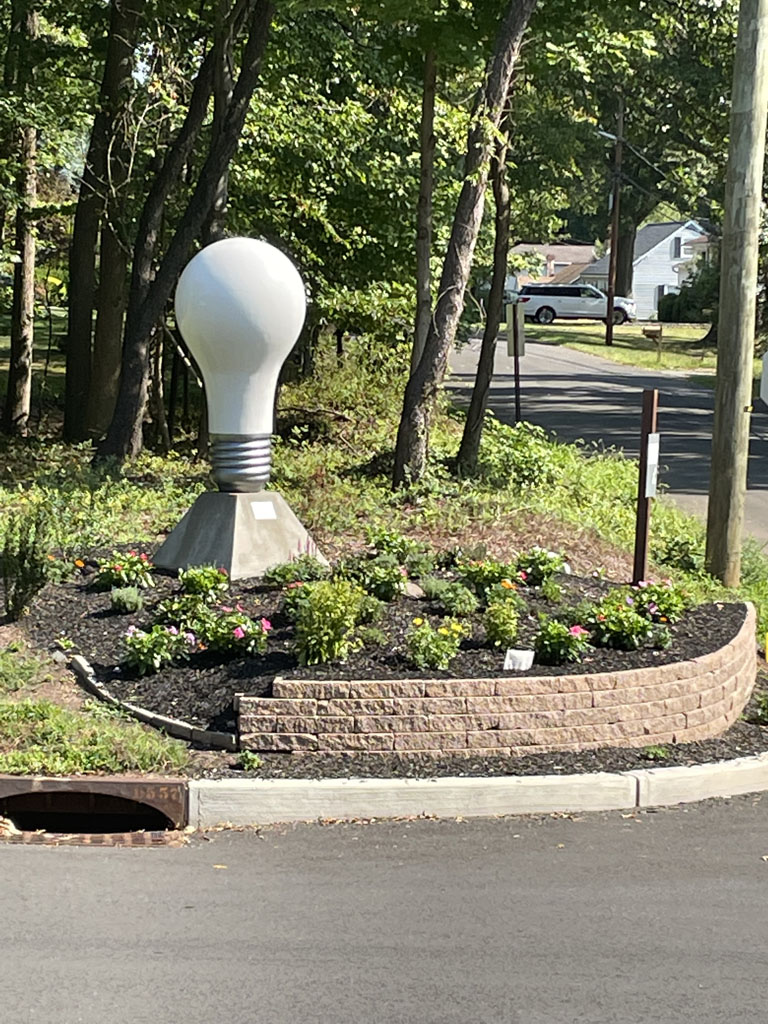
The little museum is quite tiny. There are plans to build a much larger site:
The Edison Memorial Tower Corporation, dba/ the Thomas Edison at Menlo Park has completed a multi-year conceptual planning process with the assistance of a professional consulting team led by SSP Architects. This has resulted in the development of a plan for a new museum that would combine science, technology and history. Through this new facility, Thomas Edison’s remarkable achievements at Menlo Park would serve as the foundation of an interactive, inviting community science/technology center, and become the point of departure for the exploration of the amazing.
You can see the architectural renderings of the future site at Our Future.
For more about Thomas Edison and his amazing work, check out Thomas Edison National Historical Park, Part 1 | West Orange, New Jersey, and Thomas Edison National Historical Park, Part 2.
Please also check out Thomas Edison’s beautiful home: Glenmont – Thomas Edison’s Home | West Orange, New Jersey
For more about New Jersey history, check out The Clara Barton Schoolhouse!
Thanks for visiting New Jersey Memories!


